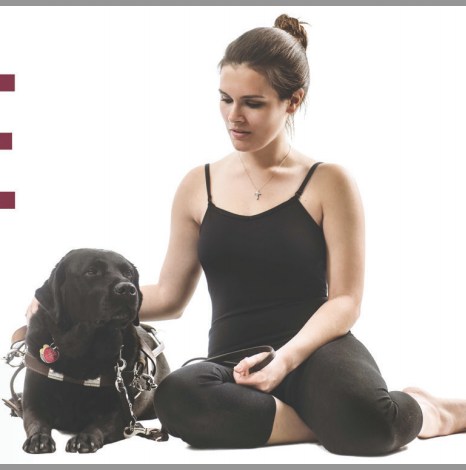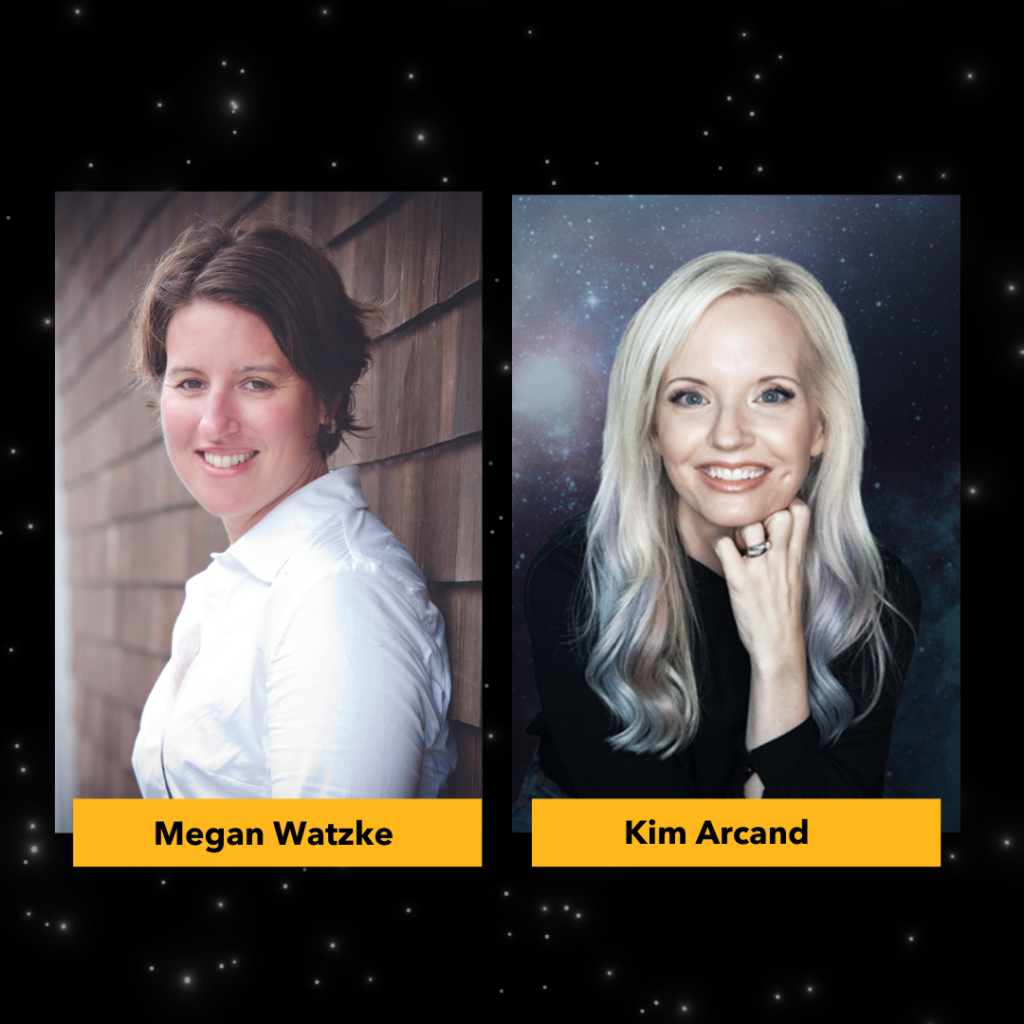I open my eyes but see nothing. I feel the smooth marley floor under my feet and gently move my toe over the tactile marker on the ground. The music begins to play, and light begins to flood my field of vision. For a moment, I am disoriented. I take a few steadying breaths and begin to move. I trust my body. I trust my knowledge of the stage. I allow my proprioceptive instincts to carry me; these instincts let me know how far and which direction I move. With each leap and turn, I simultaneously become more comfortable and more anxious about how my performance is unfolding. This is the story of my story, The Journey Unseen, a compilation of my years of dancing that came together in a senior performance during my final year of university.
I began dancing at three years old, a little over two years after I was diagnosed with Leber Congenital Amaurosis, a degenerative retinal disease that resulted in blindness at birth. My mom sought an activity I could participate in: one that would not leave me squinting in pain outdoors, and one that could be adapted to fit my learning needs.
I do not think my mom knew what she was getting into when she signed me up for my first dance class. Dance quickly became the highlight of my week and then the passion of my heart. I danced through elementary, middle, and high school, and eventually I decided to pursue dance at the collegiate level.
Dancing with a disability
I had become familiar with my differences as a disabled dancer around 11 years old. I started falling behind other dancers as choreography became more complex, classes progressed faster, and there became an emphasis on visual learning.
I knew I could not learn the way my fellow dancers did, but wasn’t sure why. The art I loved so much became a source of discomfort and I became discouraged. It was around the start of high school that I began to realize I was not the issue.
I learned differently than many others, but this did not make me less capable as a dancer. I began to advocate for myself and my needs within the dance space, which built a confidence in me that stretched to other areas of my life. I asked for what I needed and how I learned best. I developed a sense of security in the accommodations I needed. My dance studio began using different lighting and verbalized each step that was taught to create an inclusive environment in which I could learn.
I was faced with a new set of challenges when I began applying to college. Although I was confident in my abilities and adaptations, schools were unwilling to change their way of teaching. That was until I stepped foot on Eastern University’s campus.
Finding my place
For the first time, my dreams and passions were recognized and validated. I was valued for what I brought to the table and was acknowledged for my willingness to try and develop and learn until I found what worked best for me.
After discussing with the dance program’s director, she laughed and told me that, during a performance to be held the night of my visit, dancers would be doing a piece in which they would all be blindfolded. If those dancers were able to put a blindfolded piece on stage, there was no reason they (the department) could not find a way to support my desire to dance.
I worked diligently alongside my professors to adapt, modify, and tweak curriculum to accommodate my needs. We used verbal cues, tactile markers, low lights, ropes tied from one end of the studio to another, private courses, and physical manipulation (where my body would be placed into the correct positions to execute a step until my muscle memory was able to memorize the feeling of that step) to accomplish my goals. I graduated in 2017 with a Bachelor’s degree in dance and another in psychology.
Since graduating, I have been following my dreams of sharing dance with others. I teach classes for children, individuals with disabilities (including Down syndrome, Autism, and blindness), offer blindfolded dance workshops, and more. Currently, I am pursuing a graduate degree in mental health counseling, which I plan to couple with course work in dance/movement therapy. It is my hope to continue sharing my passion for dance with dancers who do and do not have disabilities, and one day (hopefully) create a guidance and/or a curriculum for teaching individuals who cannot rely on sight to dance.
I share my story not to boast, but to encourage others to pursue what brings them joy. Show the world who you are and contribute to it by being you. Break boundaries, know your worth, and chase whatever lights a fire in your heart. I am rooting for you and journeying alongside you.
About the author
Samantha is a dancer, believer and seer beyond sight. You can follow her on Instagram at @SamBrico_14.



